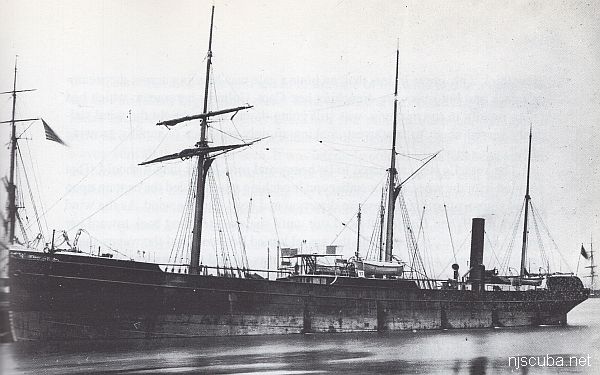
- Type:
- shipwreck, steamer, England
- Built:
- 1871, England
- Specs:
- ( 251 x 32 ft ) 1258 gross tons, 22 crew
- Sunk:
- Monday January 11, 1886
overloaded and foundered in storm - no casualties - Depth:
- 95 ft
More: Hylton Castle ...
Steamer is an early term for any vessel power by a steam engine rather than sails.
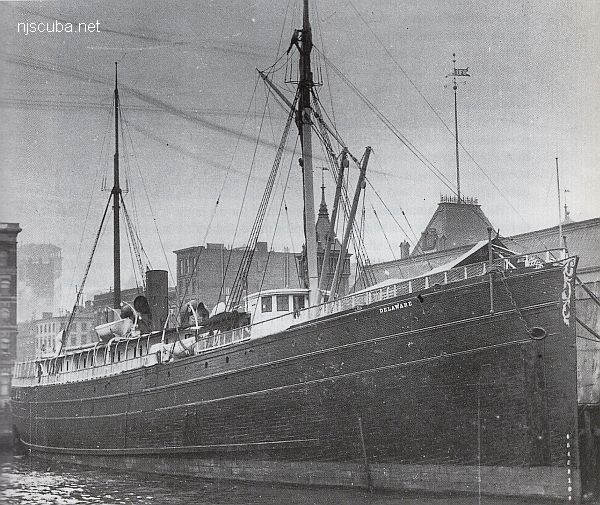
Early steamers were propelled by large paddlewheels. "Side-wheelers", with the paddlewheels on each side, were more seaworthy, and therefore more common in ocean waters, while "stern-wheelers", with a single large paddlewheel at the back, were more common as riverboats. Later, these were replaced by more efficient screw (or propeller) vessels.
More: Steamer or Steamship ...

More: Hylton Castle ...
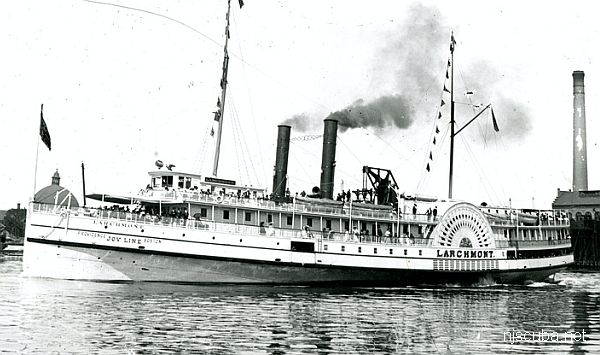
huge paddlewheels; wooden hull draped with fishing nets; hazardous currents & poor viz.
More: Larchmont ...
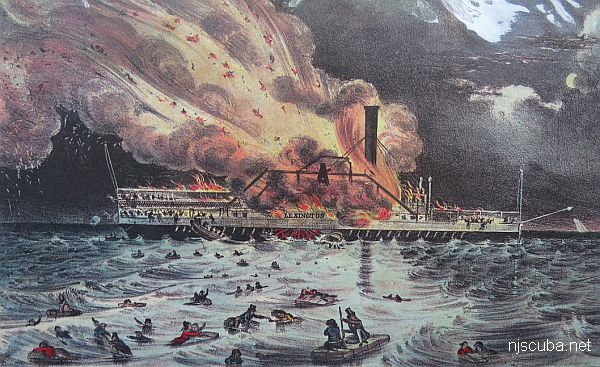
More: Lexington ...
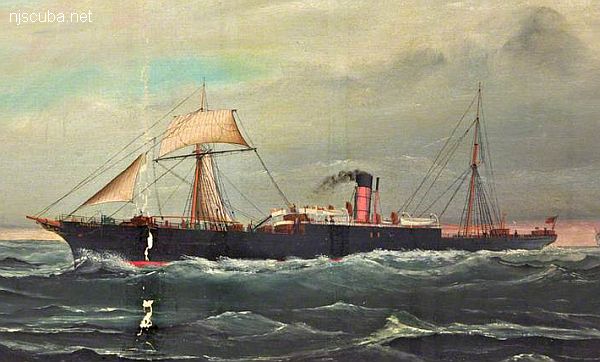
More: Macedonia ...
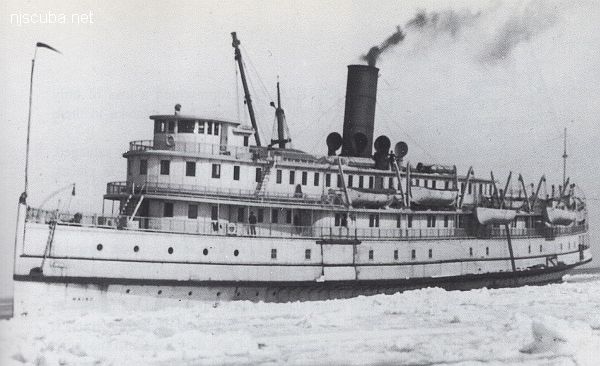
low debris field
More: Maine ...
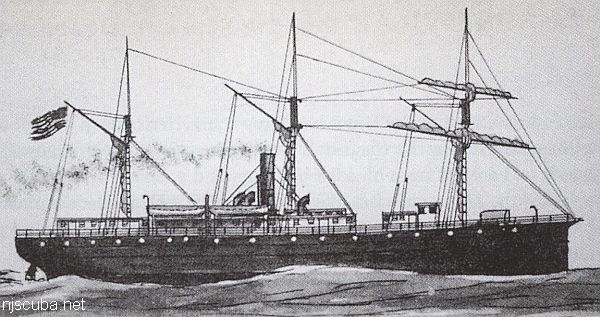
More: Montgomery ...

Coast Guard records denote this wreck as "disproved" - no longer there. It was removed as a hazard to navigation. Nuphar is the genus name for Water Lilies.
More: Nuphar ...